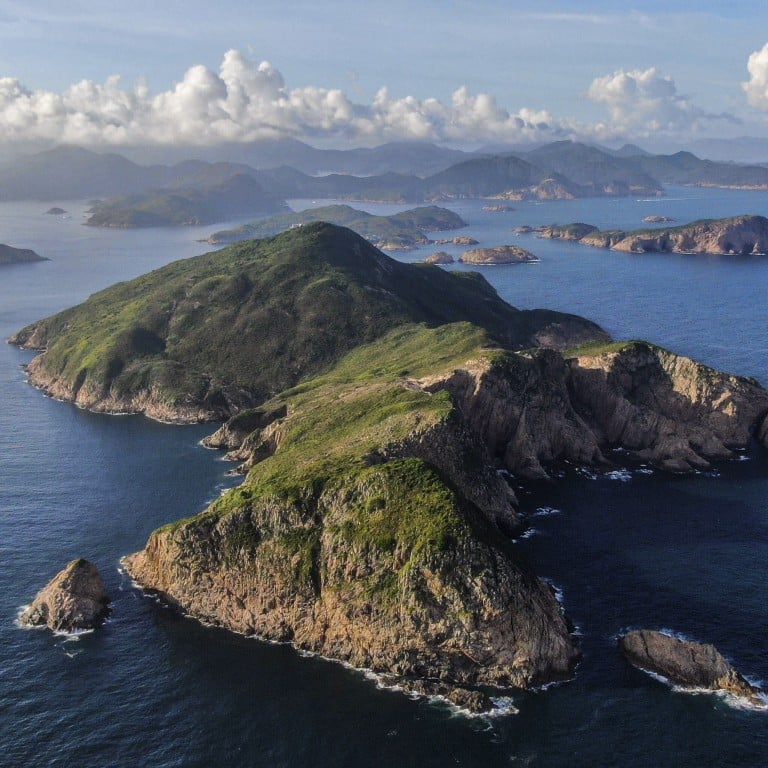
Hiking, snorkelling, strange rocks, perhaps a seafood lunch – Hong Kong’s small islands offer plenty for the visitor
- While many of Hong Kong’s 200-plus islands are barren rocks, there are plenty of others that can be reached by ferry, speedboat or even kayak
- A world away from the bustle of the city and sparsely populated at best, these islands are havens for marine life and offer hiking and curious rock formations
Hong Kong’s outlying islands have a habit of vanishing.
Chek Lap Kok metamorphosed into an airport. Stonecutters Island – which within living memory was favoured for its coral reefs – is now bolted to the Kowloon peninsula and hosts a Chinese People’s Liberation Army naval base and a world-class sewage treatment plant.
In the 1950s, naturists made a beeline for Wok Tai Wan on Tsing Yi, an island which at the time barely supported any houses, let alone skyscrapers, malls and one end of a 2km-long suspension bridge.
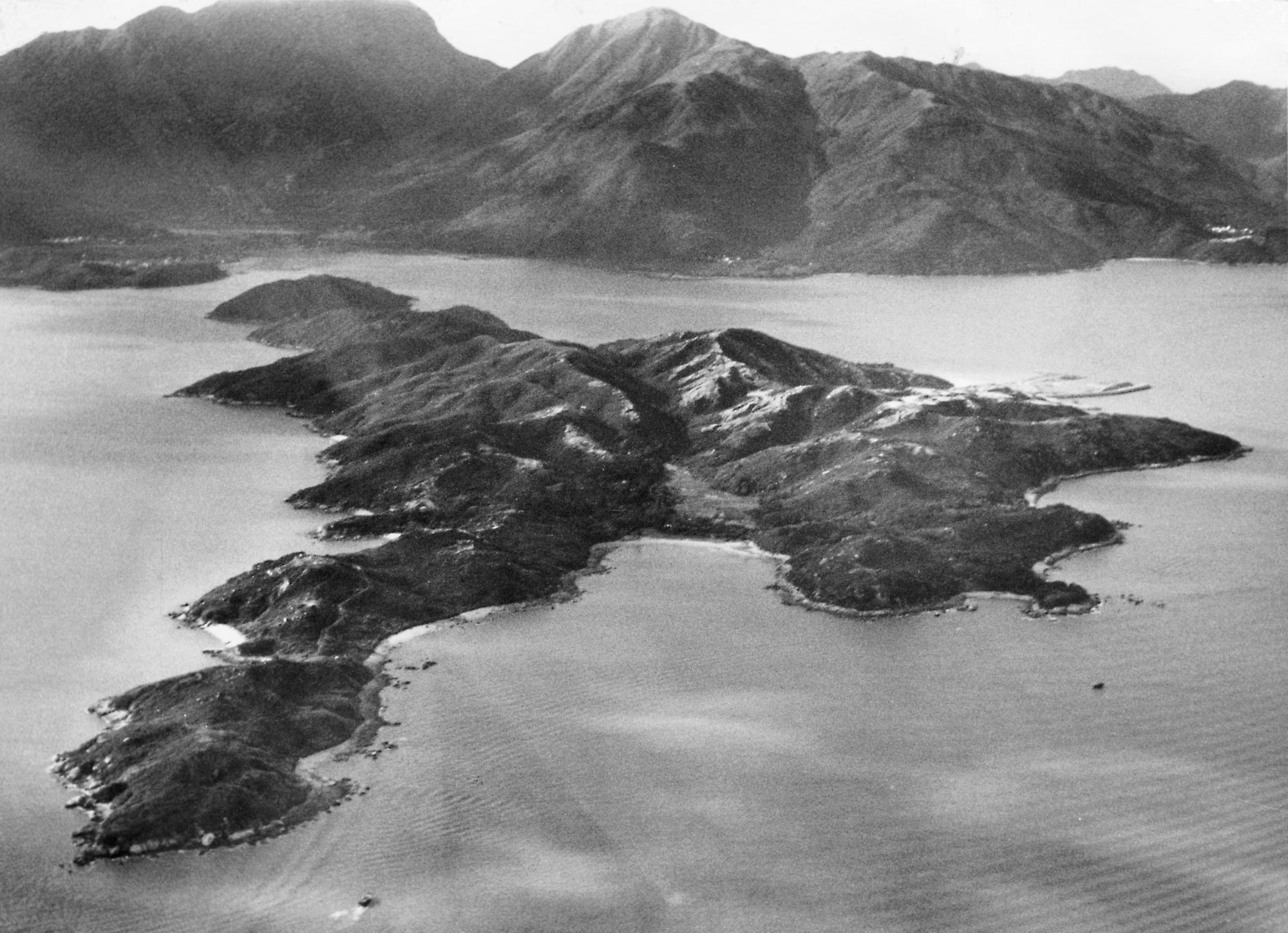
Apart from the usual suspects – Cheung Chau, Peng Chau, Lamma, Lantau – most of Hong Kong’s 200 islands are barren rock. Those that still support a community, with a ferry service, are often besieged by city dwellers yearning to breathe free in the time of Covid-19, particularly at weekends and on public holidays.
But rent a craft on other days of the week, steer for the horizon and the wide blue yonder soon transforms from cliché to reality.
Remote working drives surge of demand for homes on Hong Kong’s islands
Ideally, one would charter a yacht and drop anchor at will, but the cost tends to be prohibitive. A 30-metre, four-cabin ketch can work out at HK$95,000 (US$12,200) a day (just over one Hong Kong dollar a second); a possible alternative – other than kayaking – is a speedboat shuttle pickup and drop-off service.
HK Boat Club, which operates from Wong Shek pier, at the far end of Sai Kung Country Park, will ferry passengers out to Kat O Chau and similar almost deserted islets for HK$130 per head. Hardy souls can seek out a discreet site to pitch a tent overnight, or there’s the option of arranging to be picked up at the end of the day.
Some 30 minutes by speedboat from Wong Shek, Kat O Chau is the final frontier, close enough to Yantian in mainland China to almost belong there, yet so little developed it could slot into a 1960s time warp with barely a change of scenery. As jagged as a kindergartener’s sketch, covering a mere 235 hectares (580 acres) and home to no more than a few score villagers, it’s an antidote to the steel and glass metropolis.

Kat O is an island that invites extensive wandering, especially on weekdays when the public ferry isn’t running. Half a century ago this was the mercantile crossroads of Mirs Bay, thriving from its location midway between mainland China and Hong Kong and with plentiful schools of fish offshore. Now there’s a scruffy charm to the hamlets that cling to the coast, and hiking along its winding trails to placid beaches could easily fill an entire day.
Almost alone among the more remote outlying islands, Kat O has places that serve food, albeit from limited menus and with limited opening hours. Meals tend to be of seafood, a little on the pricey side and served at a leisurely pace.
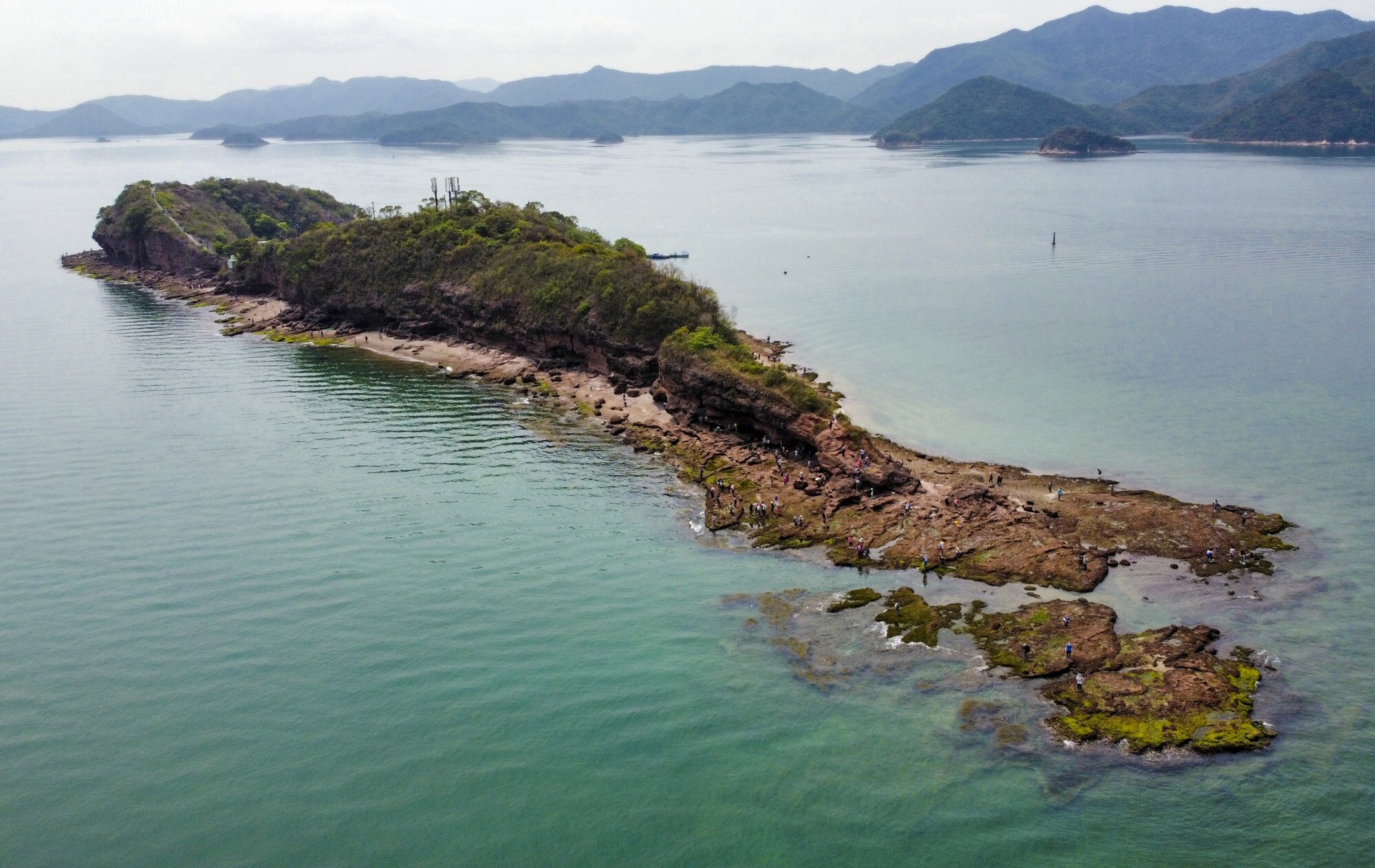
“We live in Sai Kung and regularly head out to Kat O and the area nearby. There’s the ferry, of course, but sometimes we kayak from Hoi Ha. You need to be fit and keep an eye on the wind and the tides. But the effort is totally worth it – it’s so peaceful out there.”
There’s a daily kaito service to Ap Chau, close to Kat O, but it runs from Sha Tau Kok, which is a restricted area. Otherwise, there’s a very limited ferry service from Ma Liu Shui near the Chinese University of Hong Kong on weekends and public holidays.
Like other islands in Hong Kong’s northeastern waters, Ap Chau has a colourful history. Its name means “Duck Island”, but it was also – though probably never by anyone who lived here – called Robinson Island after a 19th century governor of Hong Kong. Missionaries from the True Jesus Church set up here in the 1960s, with limited success.
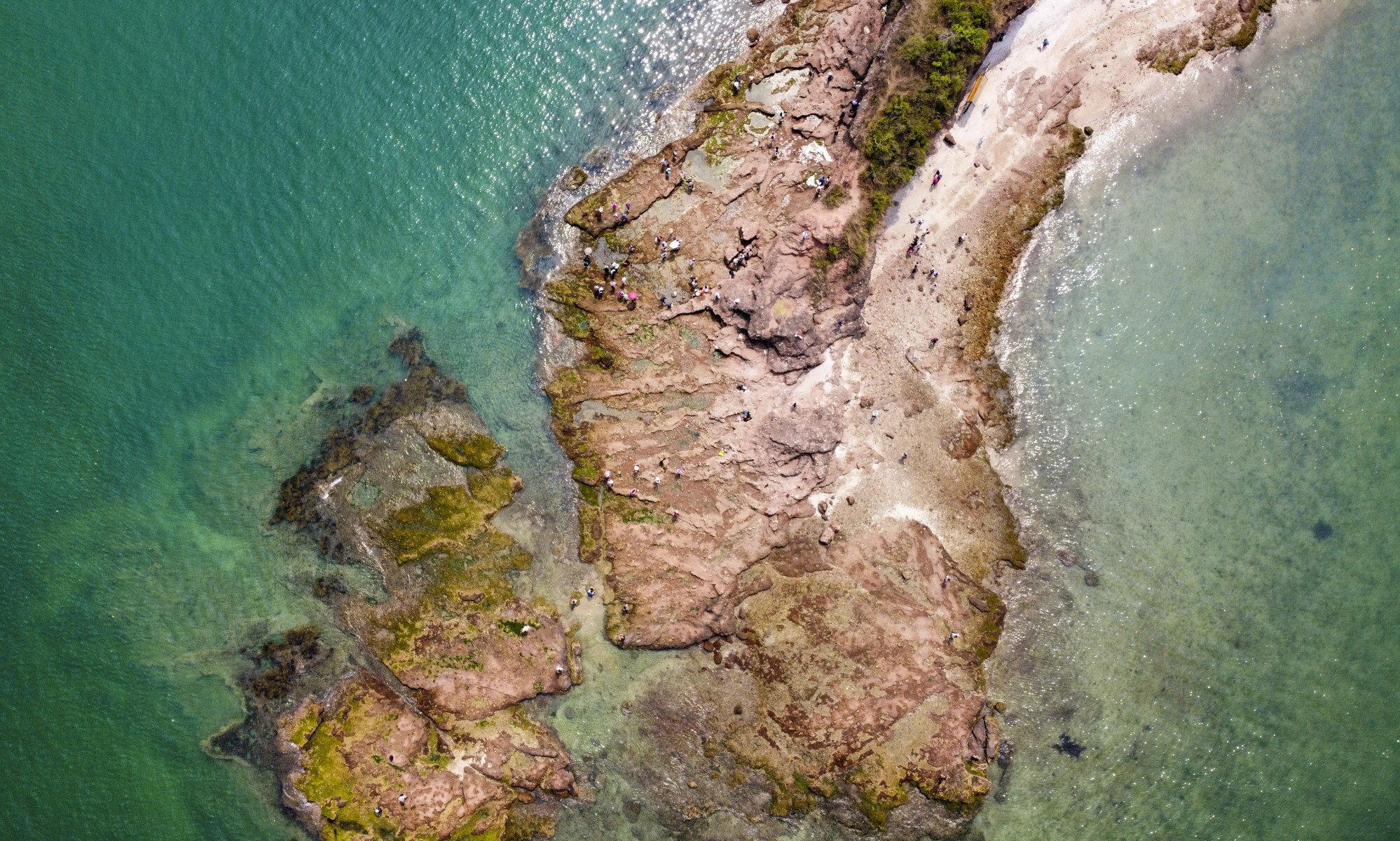
Quirks of geology have made Ap Chau nature’s theme park, with Instagramable odd-shaped, ochre-coloured rocks.
One of the chief pleasures of exploring the islands off the east coast is their incredibly diverse marine life.
“There are around 6,000 marine species in the waters off Hong Kong,” says Professor Gray Williams, who surveyed its seas for the Environment and Conservation Fund, a Hong Kong statutory body. “Hong Kong accounts for about a quarter of the marine species in the whole of China.”
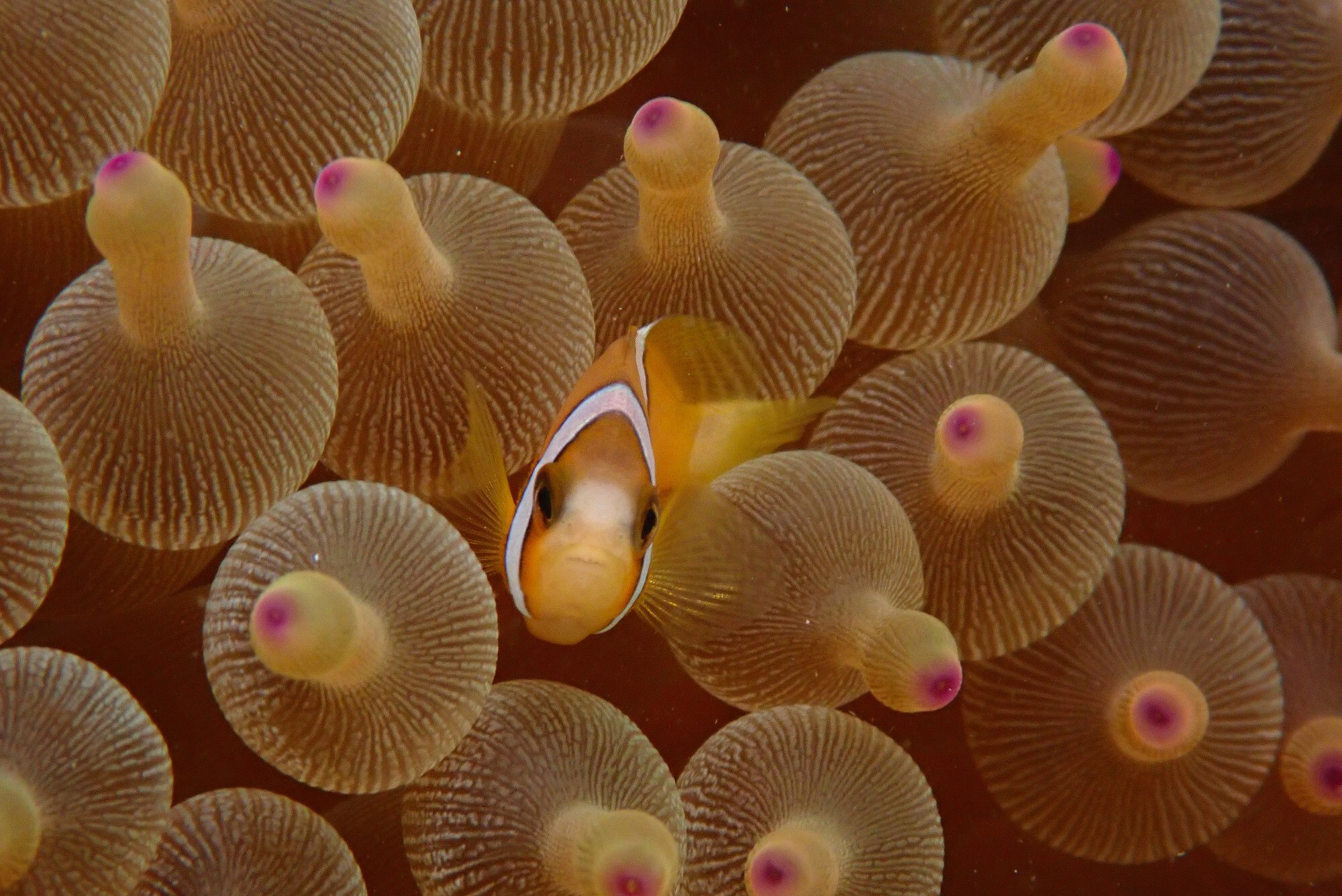
Equip yourself with a snorkel and mask and you’ve a chance of seeing octopus; starfish; porcelain, fiddler and sesarmid crabs; clams; mud snails and mudskippers; seahorses; limpets and mussels.
Many of these creatures can be found in the waters off Bluff and Basalt islands south of High Island Reservoir. They are both attractively rough and rugged, a contrast to the manicured greens of the golf course on nearby Kau Sai Chau. Again, a speedboat charter or kayak trip are the usual ways of reaching the islands, as there is no ferry.
As with Ap Chau, the islands’ odd rock formations make for good souvenir photos. Bluff Island boasts a fist-like monolith, and Basalt Island two caves; the 16-metre arch of one, Lam Wan Kok, is pure Lord of the Rings. Visit during the week and there won’t be as many drones hovering as at weekends.

“We take our own tent if we are planning to stay more than a day, and of course take whatever food and water we’ll need plus a bit extra,” says Chung. “Of course, you’ll be roughing it, but that’s one of the main pleasures.”

